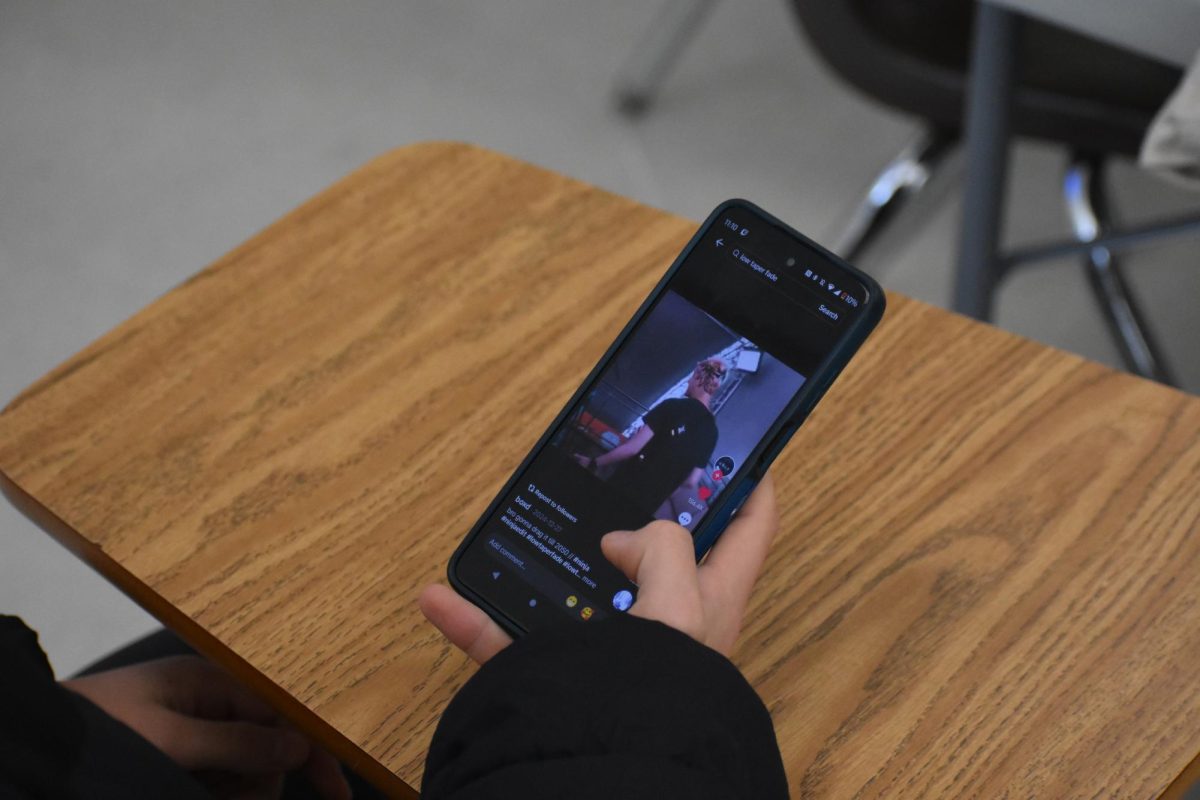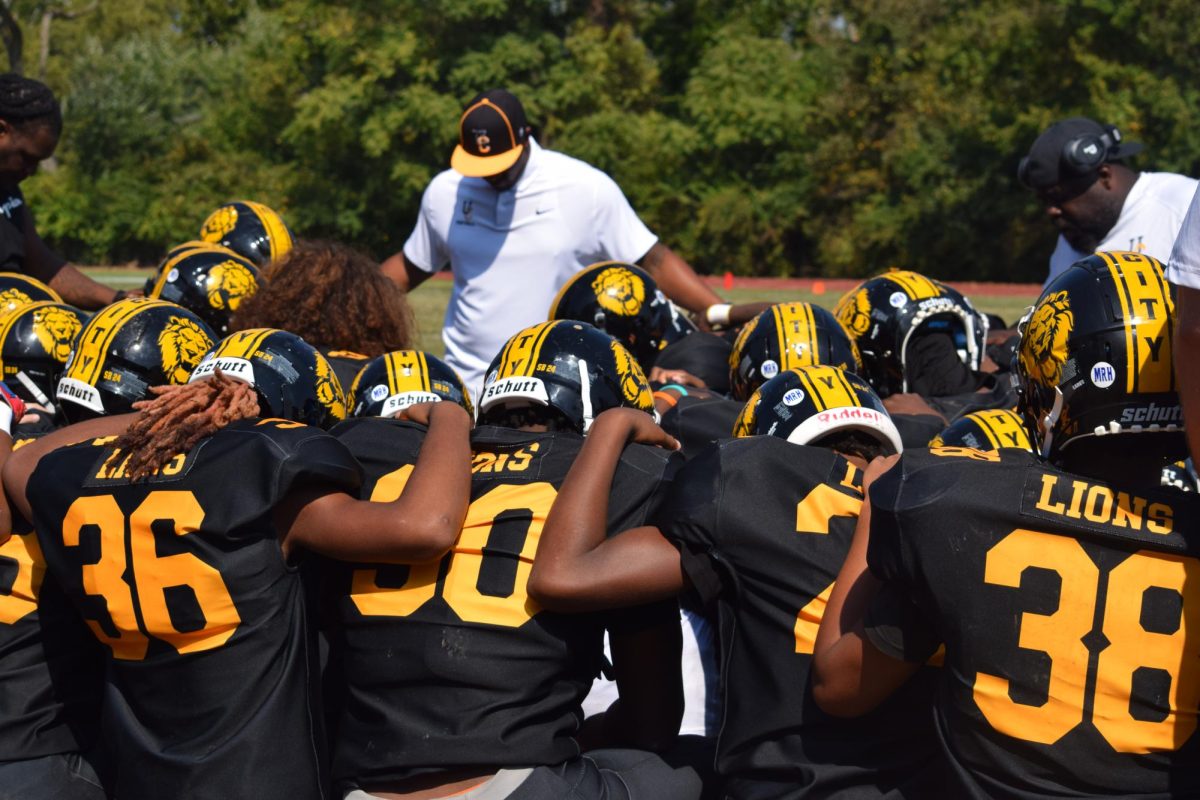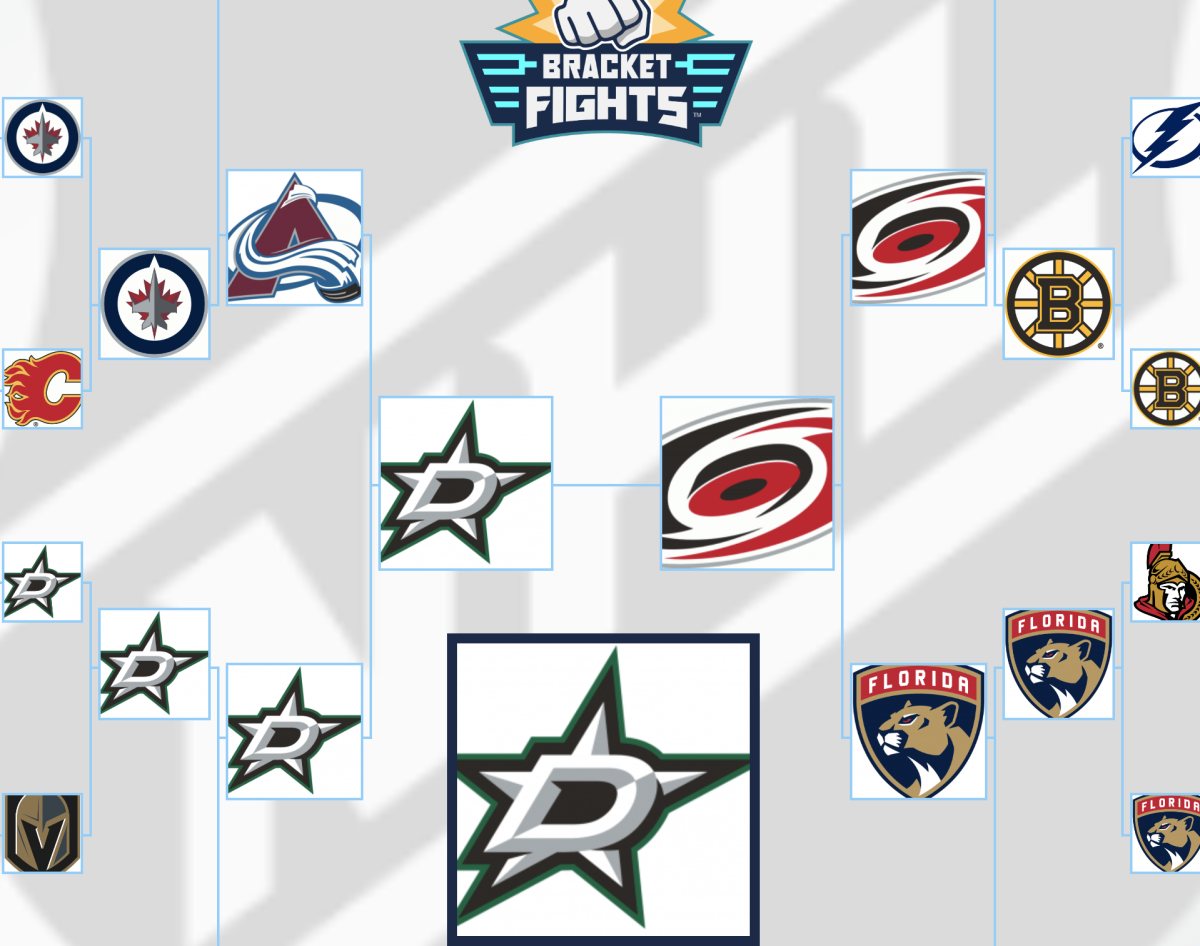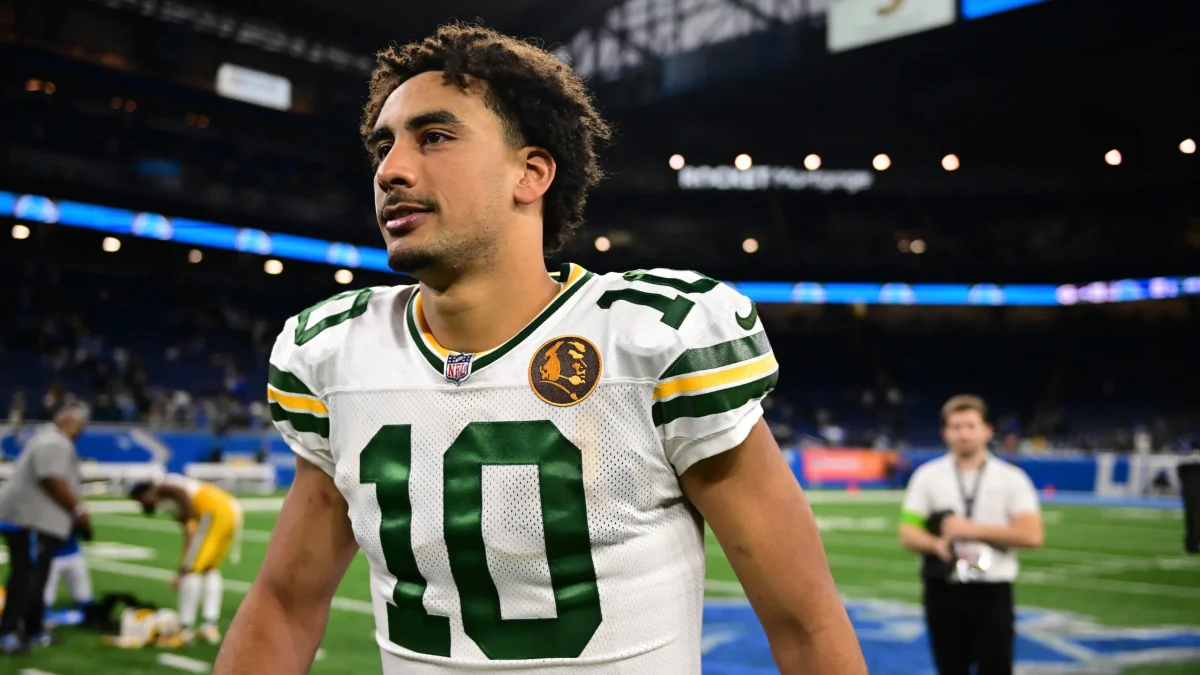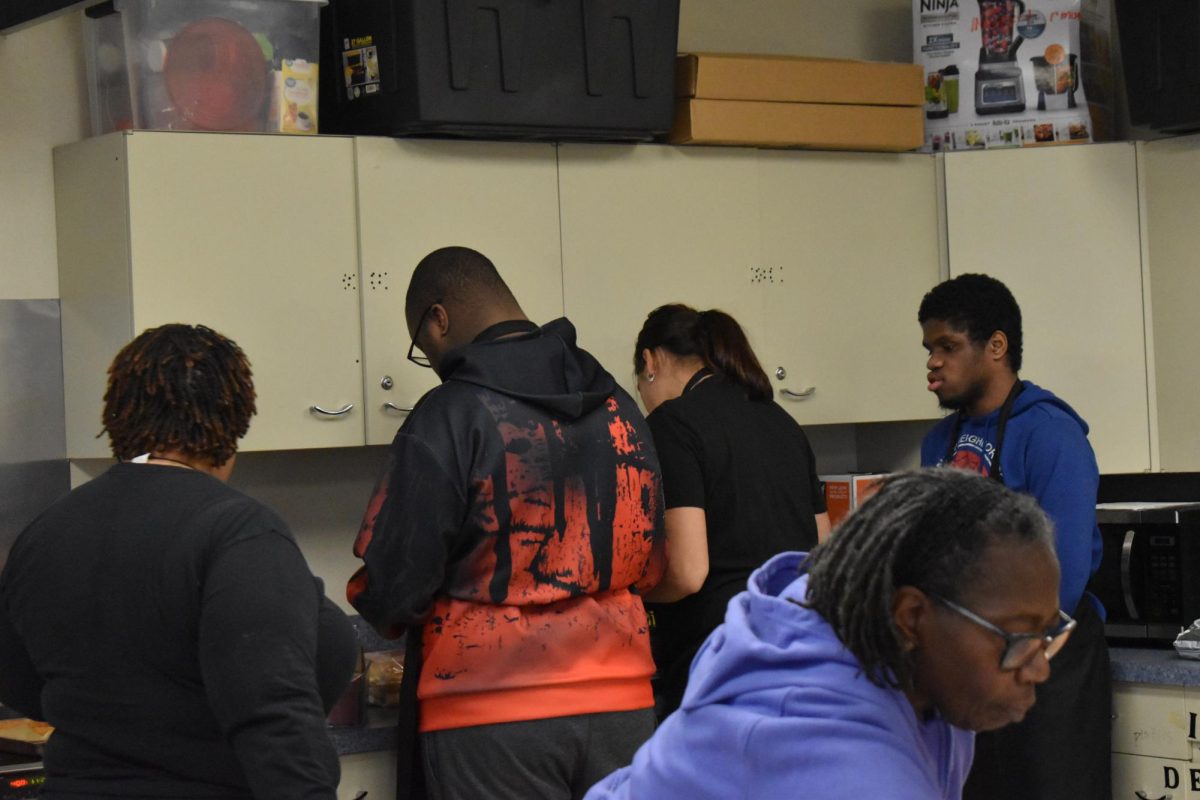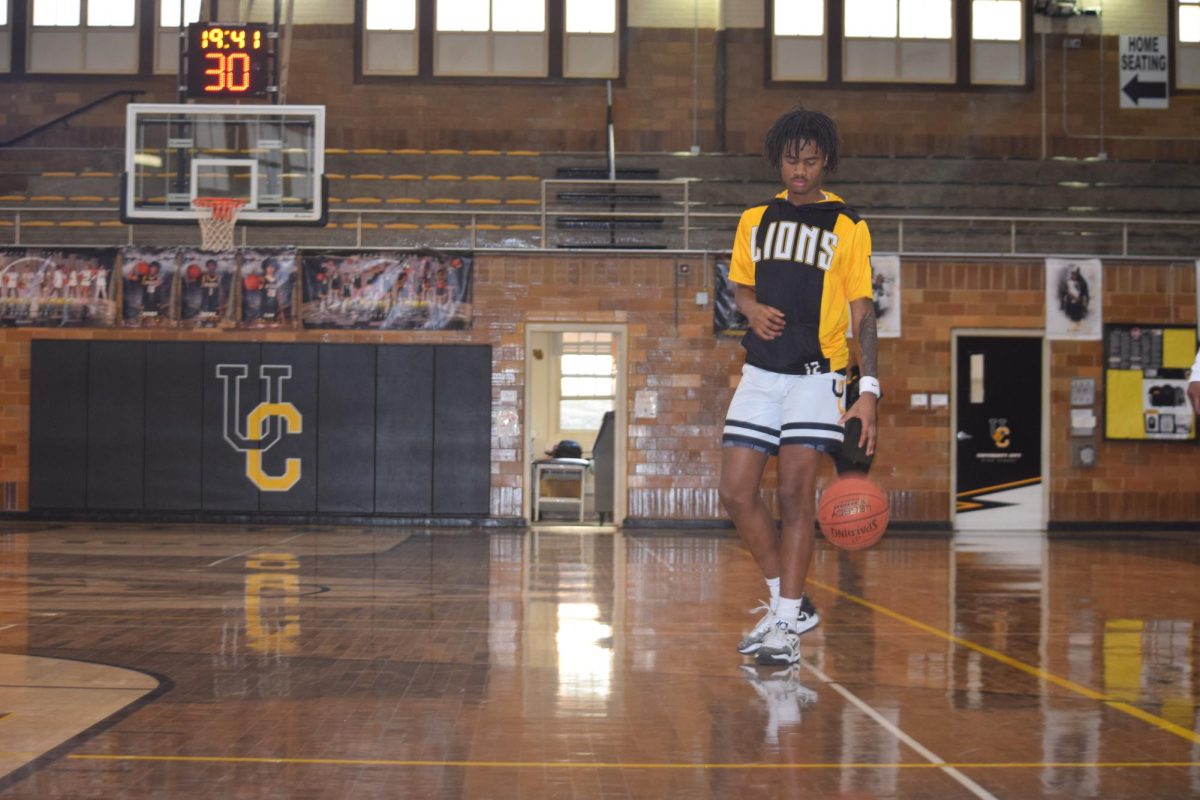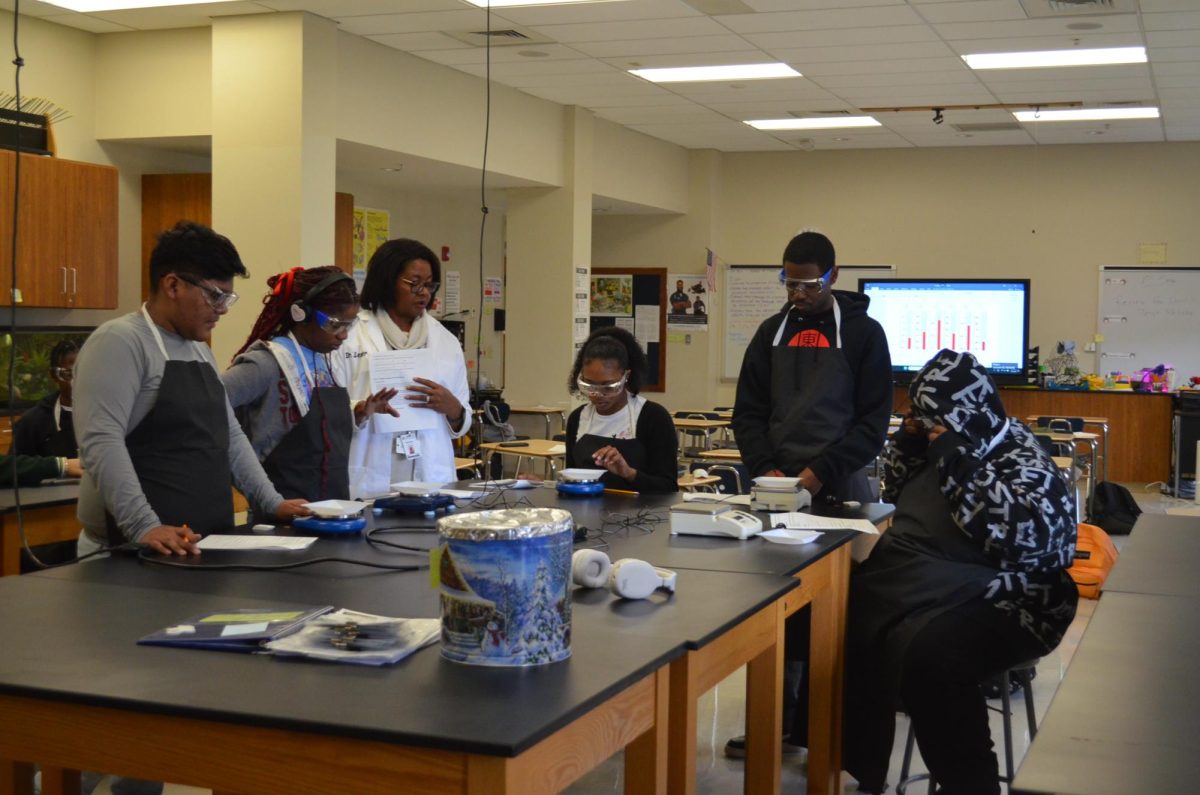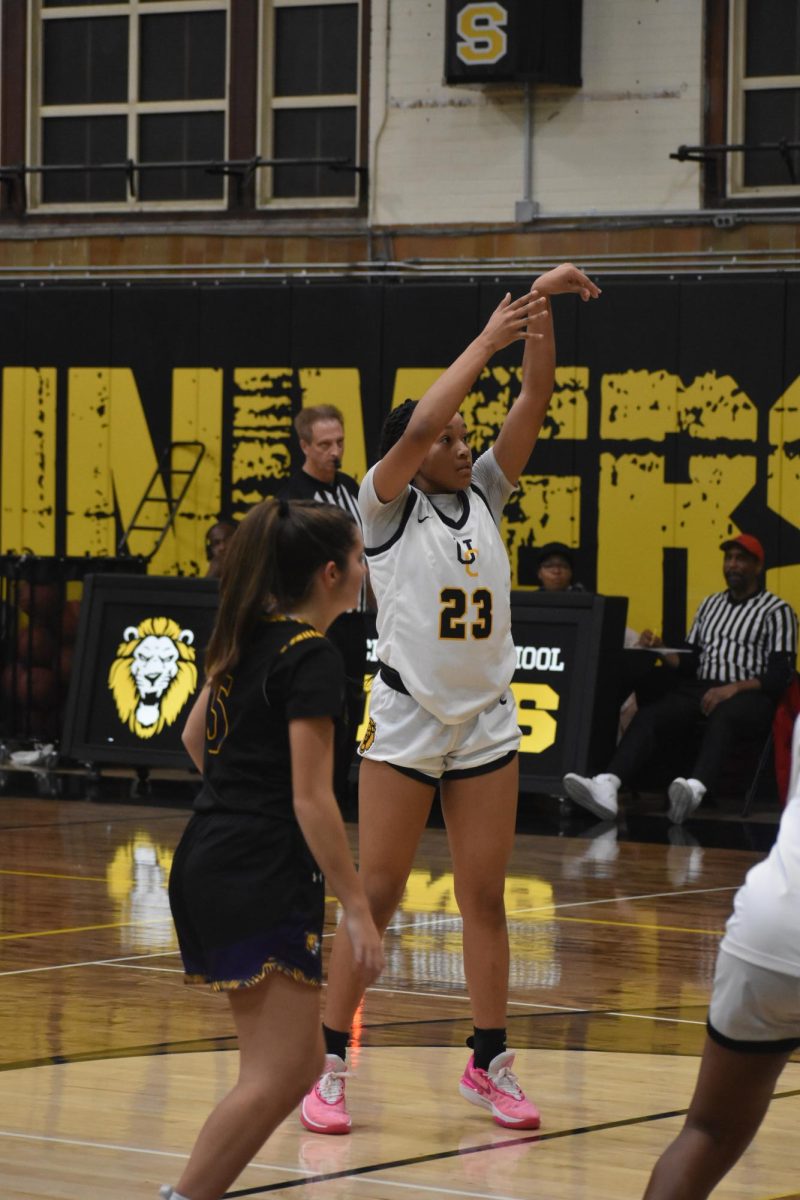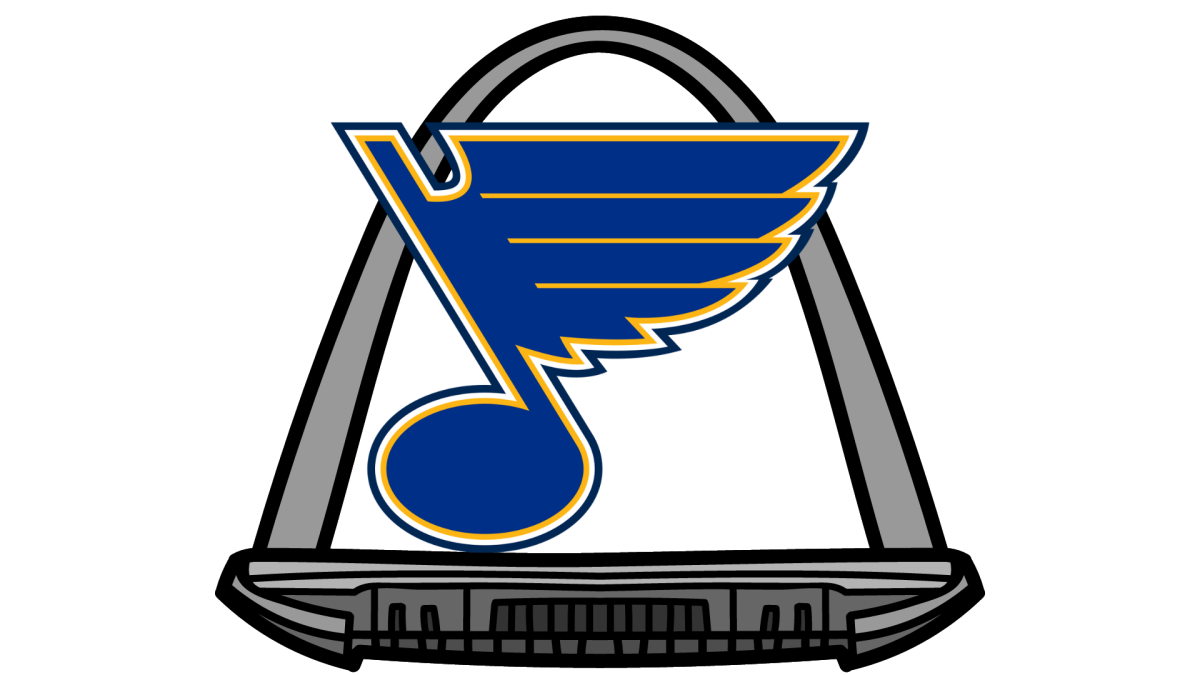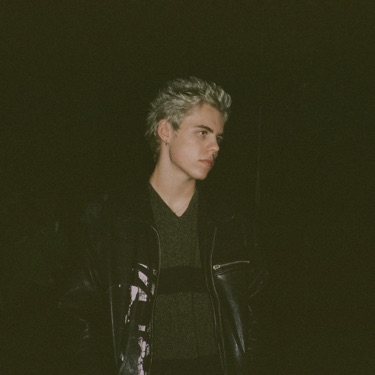In the third installment of the “Hunger Games” series, Katniss Everdeen has been rescued from her second Hunger Games by the underground operation of District 13, only to struggle with the responsibility of becoming the face of the rebellion against the Capitol: the Mockingjay.
Darker than both of the previous “Hunger Games” films, “Mockingjay Part One” is intense. Katniss is affected by PTSD, and quite a bit of the movie is devoted to her emotional struggles. When not focusing on Katniss’s mental state, the movie bombards the audience with explosions and scenes of rebellion in the districts. This is not necessarily a bad thing; she has to actually think about what she is doing instead of just blindly rebelling. It can be a bit repetitive, though, and makes the movie more difficult to watch.
The movie is well-cast: Jennifer Lawrence continues to be outstanding as Katniss, and Elizabeth Banks provides some much-needed comic relief as Katniss and Peeta’s frivolous former escort, Effie Trinket. Since Peeta has been captured by the Capitol, he does not get much face time, but his character manages to be both heartbreaking and terrifying regardless.
Despite its strengths, “Mockingjay Part One” continues the recent trend of splitting book adaptations into an excessive amount of movies. As a result, the movie feels unfinished, and leaves the audience somewhat confused as to what the point was. It is pretty good as two separate parts, but as one movie, it would have been excellent.

